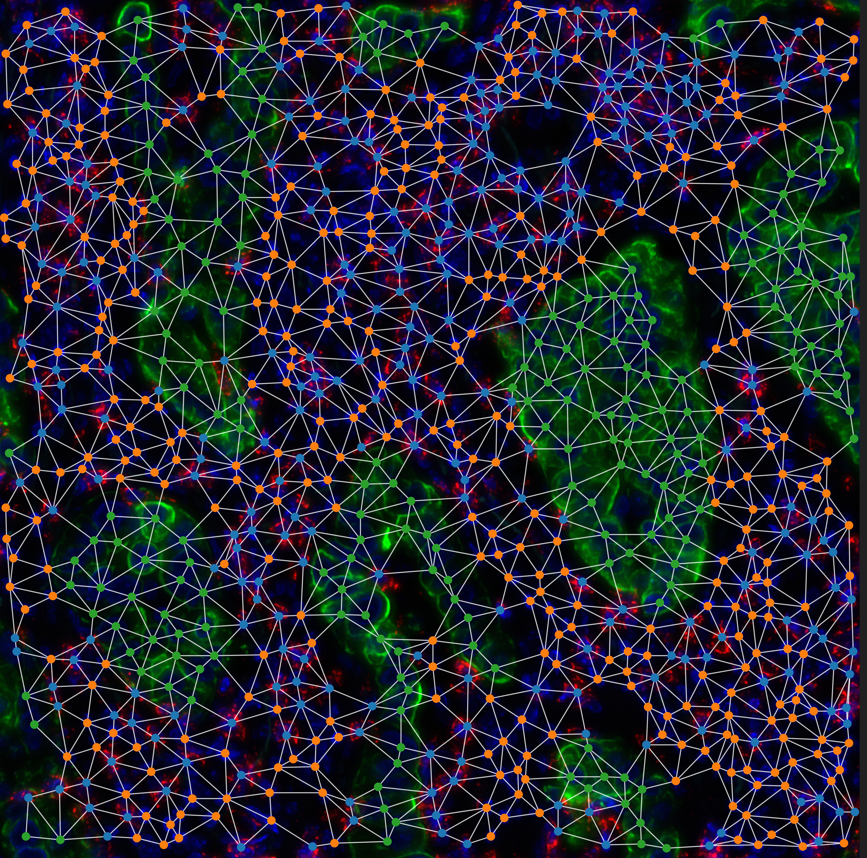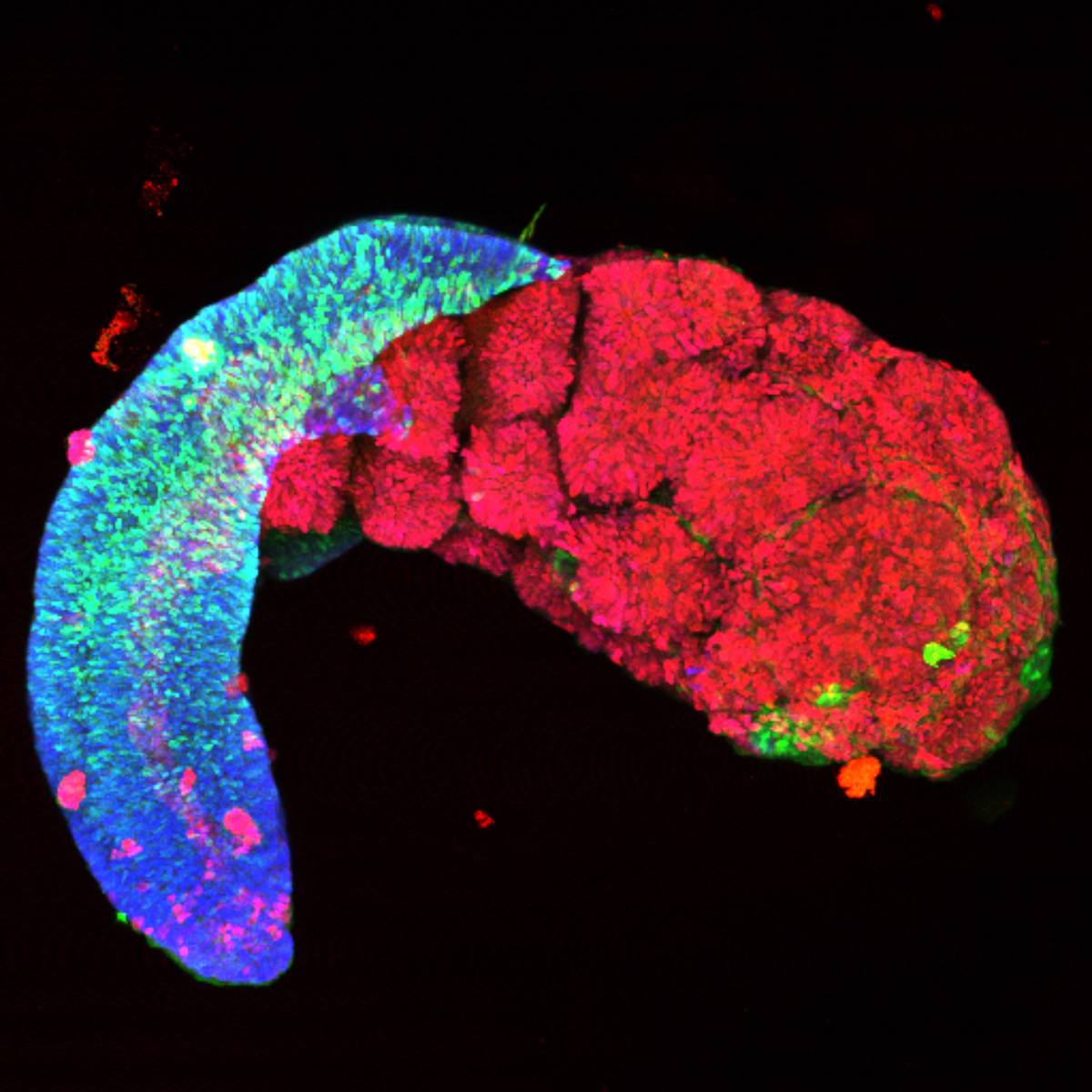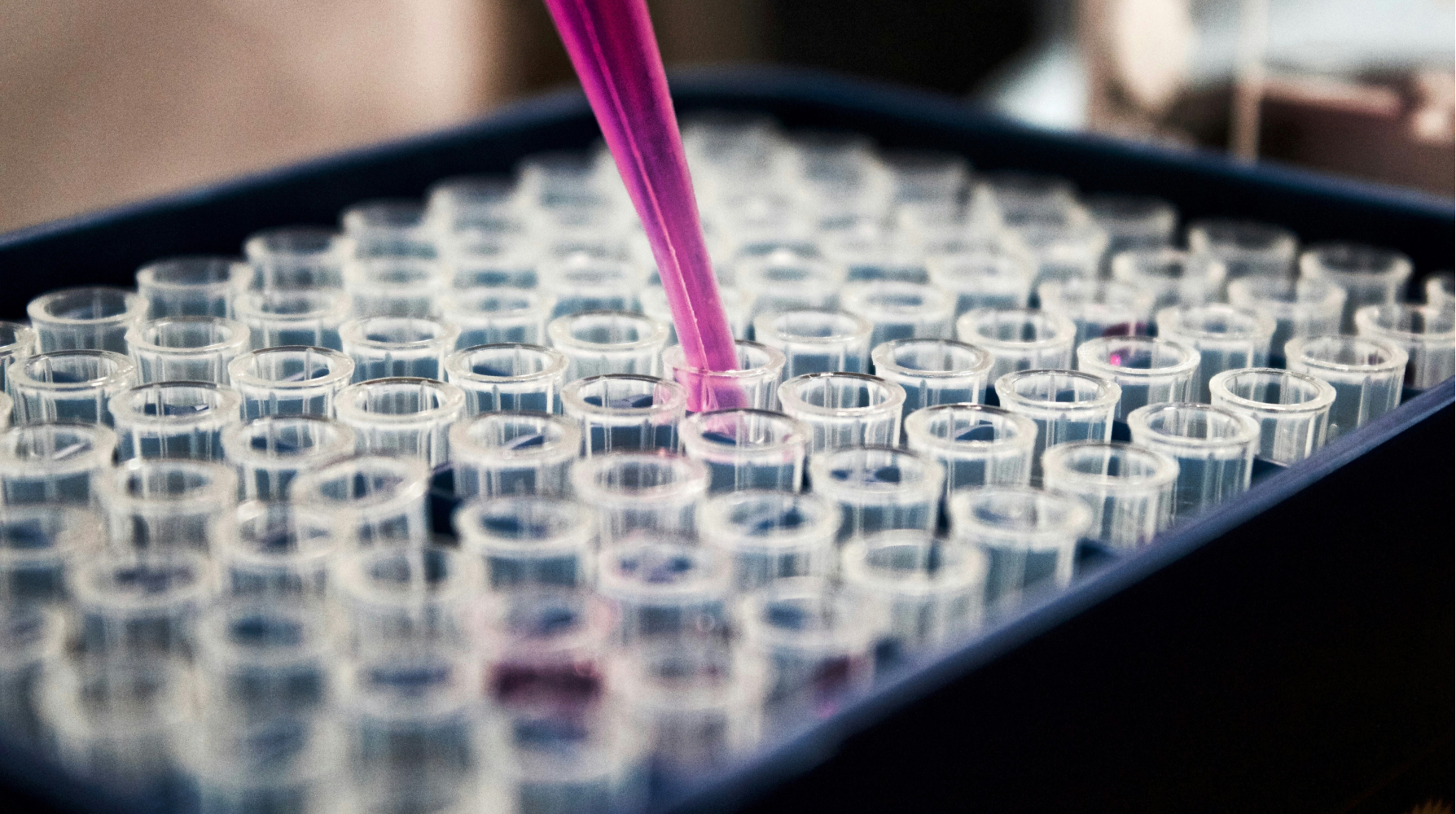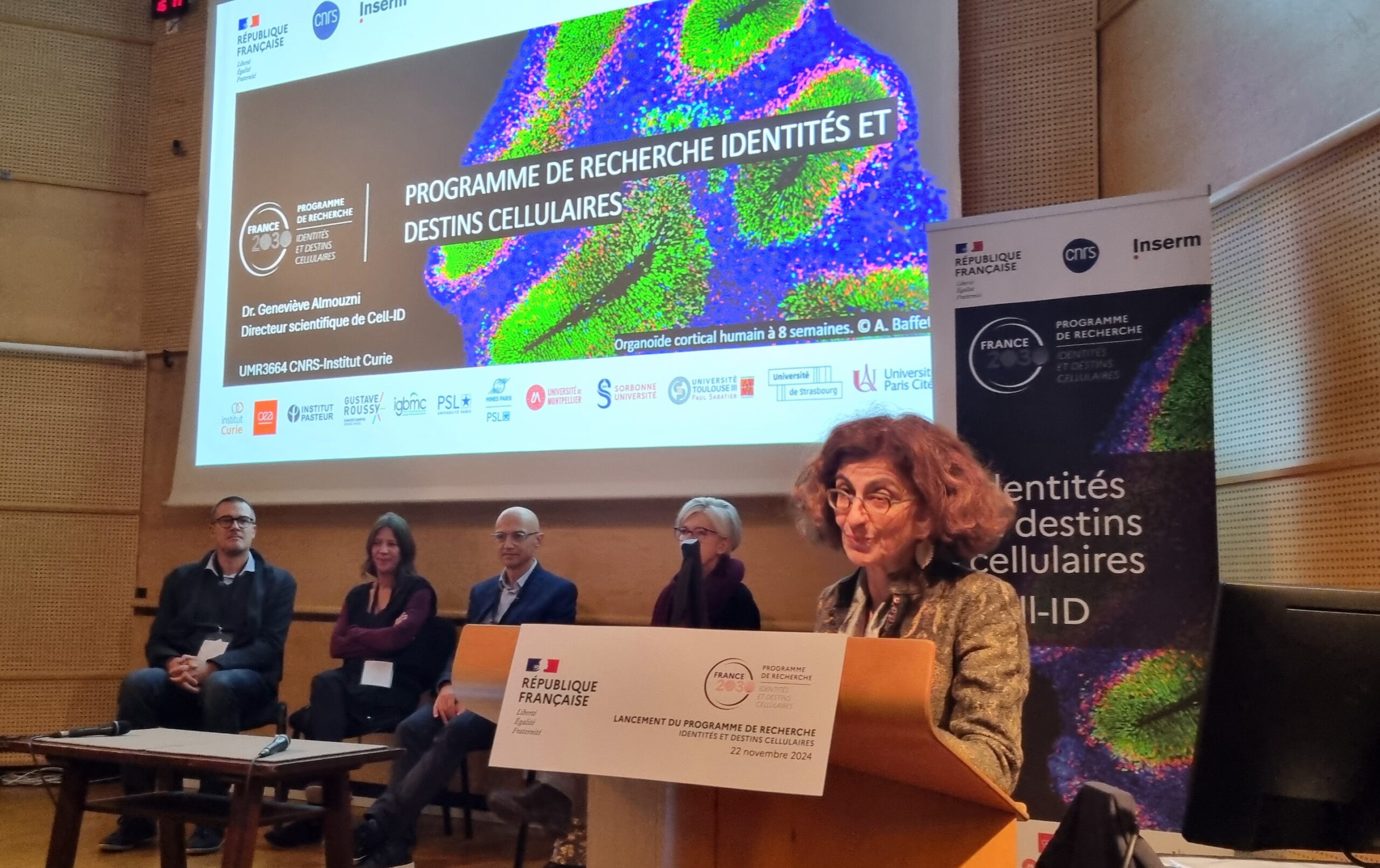
Research program
Cellular identities and destinies
The Cellular identities and destinies program
(PEPR Cell-ID)
The “Cellular identities and destinies” exploratory research program (PEPR Cell-ID) is funded by France 2030. Its aim is to deploy interceptive medicine in the field of pediatric brain cancer research. It has a budget of €50m over 7 years.

CELL NEXT | Training and career development & innovation
CELL NEXT Challenge: Training and career development & innovation Overview Customized training and career program,…

DATA MED | Harnessing the power of data to understand pediatric cancers /
DATA MED Data Project : Harnessing the power of data to understand pediatric cancers Overview…

CELL EXP | Specialized experimental systems
CELL EXP Challenge : Specialized experimental systems Overview Faced with the need to…

CELL CONTEXT | Access to the identity of individual cells in their original spatial context
Cell Context Challenge: Access to the identity of individual cells in their original spatial context…
Pas d’actualités
The Cell-ID Team
Scientific director : Geneviève Almouzni
Coordination team
Scientific director : Geneviève Almouzni
Scientific leaders of targeted priority projects :
- Cell Context : Giacomo Cavalli and Marcelo Nollmann
- Cell Exp : Gaëlle Legube and Stéphane Nedelec
- Data Med :
- Data : Daniel Jost and Thomas Walter
- Med : Laure Bally-Cuif and David Castel
- Cell Next : Geneviève Almouzni, Sophie Jarriault and Thomas Walter
Scientific managers :
- Coodination : Therese Wilhelm
- Data Med : David Sitbon
- Cell Next : Susana Abreu Ribeiro
Chief Data Officer : Amna Chabaane
Communications managers : Marie Origas (CNRS) and Ana Garre Debiès (Inserm)
Cell Context | Access to the identity of individual cells in their original spatial context
Giacomo Cavalli and Marcelo Nollmann, scientific managers of the targeted priority projects
Data Med | Data processing for disease interception
Thomas Walter and Daniel Jost, scientific managers of the targeted priority project Data
Data
- Emmanuel Barillot / Laurence Calzone
- Laura Cantini
- Philippe Hupé
- Sophie Jarriault
- Daniel Jost
- Vera Pancaldi
- Nicolas Servant
- Thomas Walter
Laure Bally-Cuif and David Castel, scientific managers of the target priority project Med
Med
Cell Exp | Specialized experimental systems
Gaëlle Legube and Stéphane Nedelec, scientific managers of the targeted priority project
Cell Next | Training & Career Development & Innovation
Key figures
30
major challenges
60
permanent researchers
20
PhD students
40
post-docs
News & events
Find out more about our news and events

Call for applications
Cell-ID International PhD Program PhD Deadline 14 March 2025…
10 February 2025

Cell-ID launch
Official launch of the research program 22 November 2024 Institut Curie Presentation The Cellular…
10 February 2025
Pas d’actualités
Pas d’actualités



